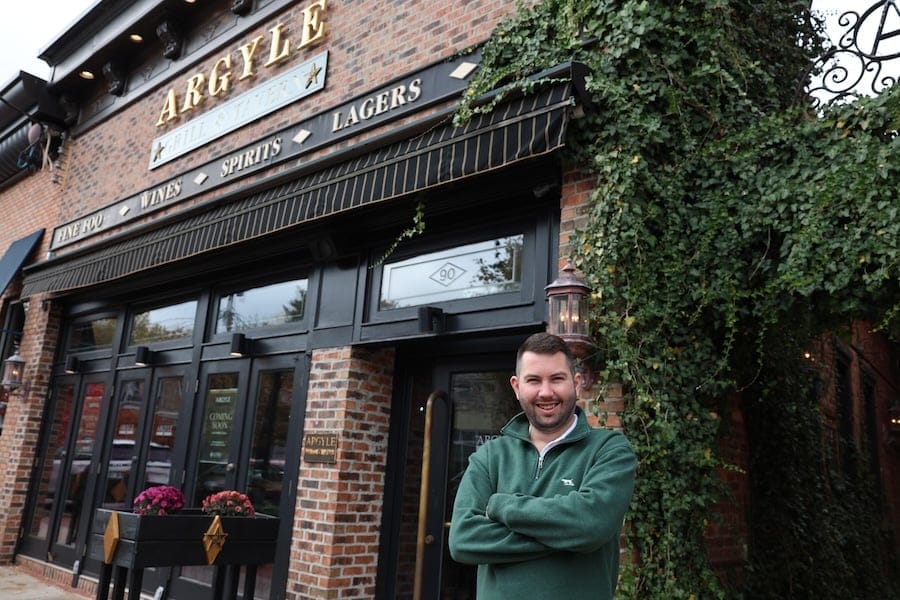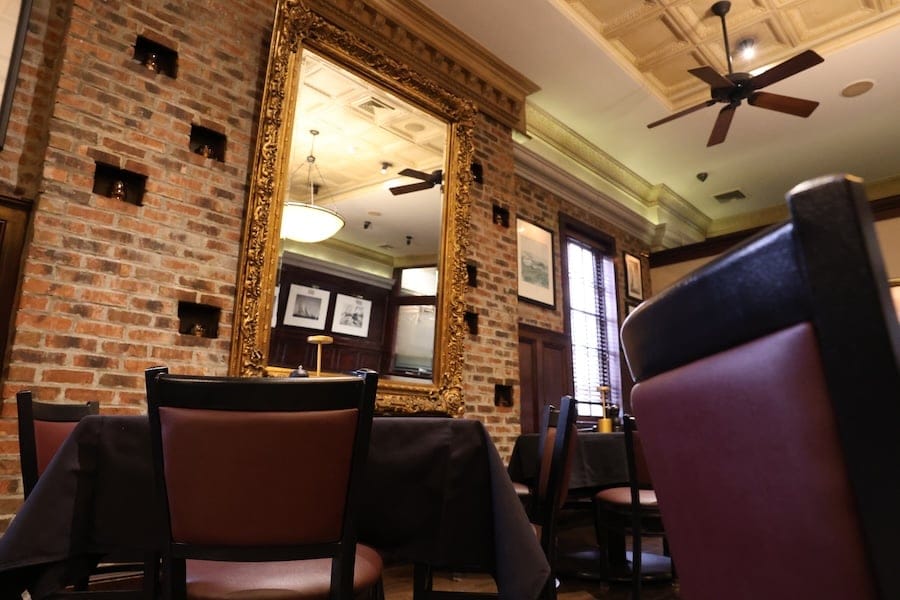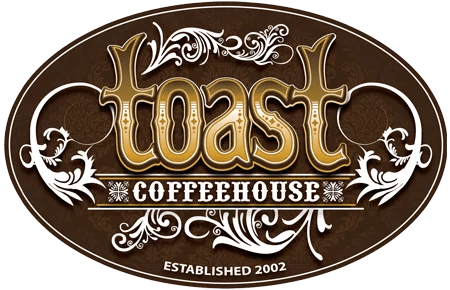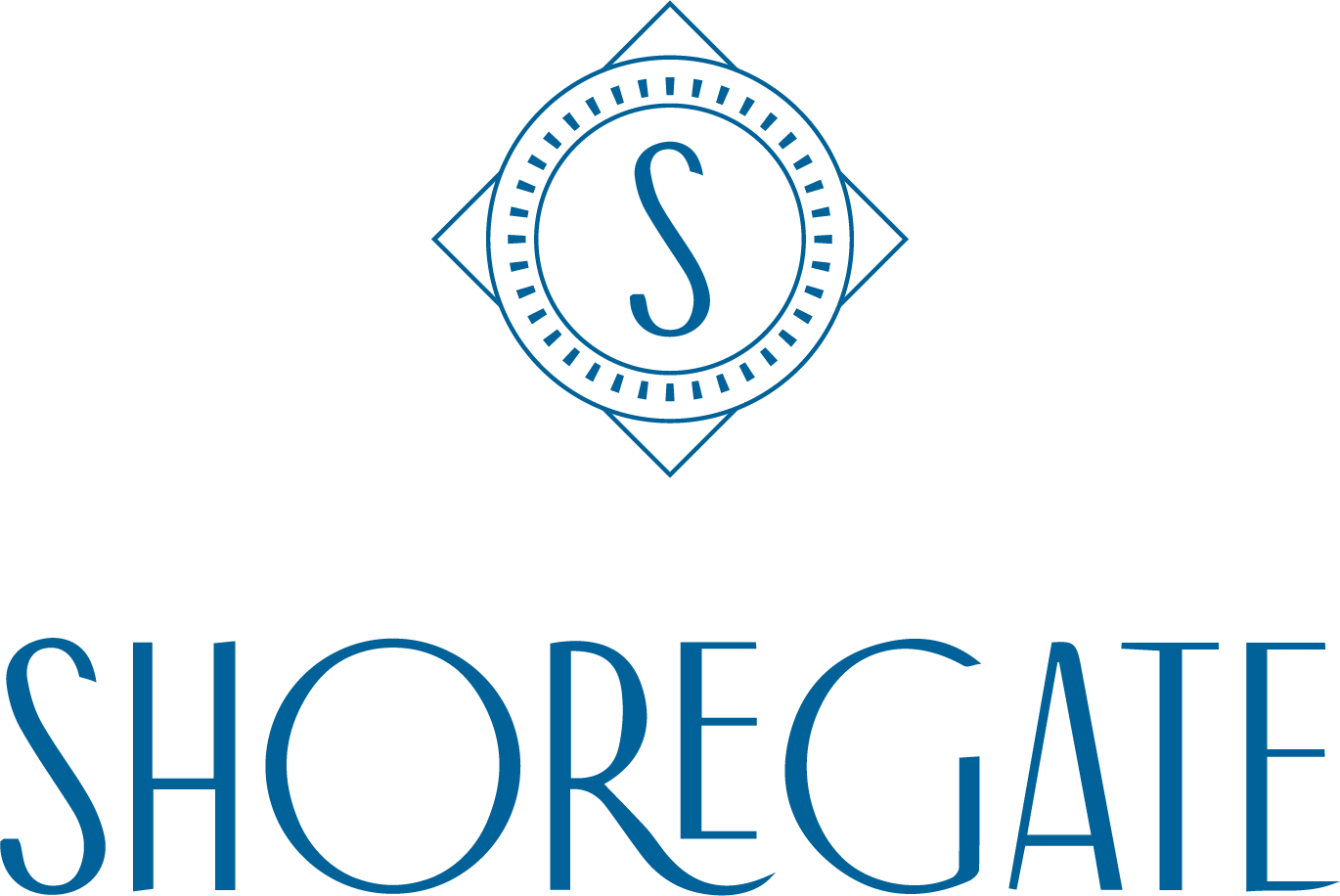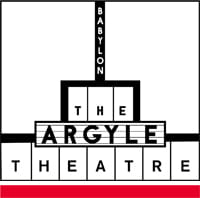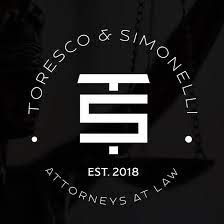
Greater Babylon coverage is funded in part by The Argyle Theatre, where Broadway comes to Babylon. Click here for tickets to ‘A Christmas Carol,’ Nov. 7 – Jan. 5.
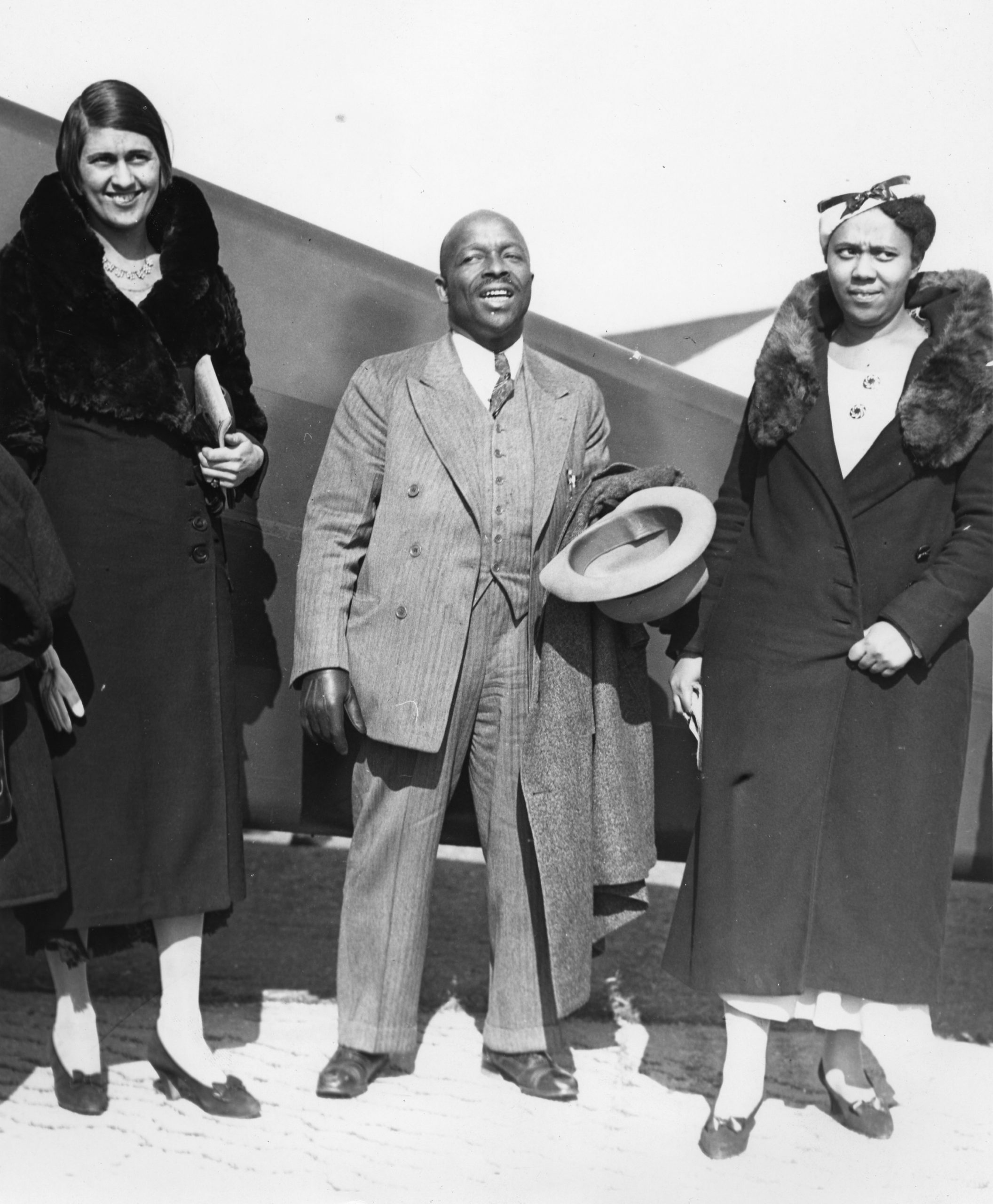 Can salvation be attained through the social justice of racial integration?
Can salvation be attained through the social justice of racial integration?
If so, what would the neighbors think?
During the 1920s, a growing religious movement called the Mission of Peace was rapidly expanding within Suffolk County’s South Shore communities. People from Babylon, Bay Shore, Sayville, Patchogue, white and black, started to follow Brooklyn preacher Father Divine.
Father Divine, an African-American charismatic leader, denounced racial segregation, encouraged community integration, interracial marriages, and aggressive programs of feeding the hungry.
The preachers’ dogma was a mixture of Catholic/ Pentecostalism beliefs, blended with his followers’ views of Divine as a Messiah.
Followers’ wealth and resources were pooled together. This helped to accumulate community wealth and resources, which included several businesses and an estimated cash savings of $15 million (in today’s money). Then, during the economic turmoil of the early 1930s, the business network attracted followers due to potential employment opportunities within the congregation.
To help break racial real estate barriers, Divine used his “white disciples” to buy property in white, segregated areas. These properties were then used as outposts for his Mission of Peace.
The Mission of Peace purchased a home on 72 Macon Street in Sayville and named it Heaven Mission, and it began to draw growing crowds at the start of the 1930s. The congregation became more and more integrated between whites and blacks and interracial marriages were performed.
Between the integrated congregation, interracial marriages and the crowds, concerns grew in the wider community.
The Sayville community gathered for a town hall meeting with elected officials to discuss the matters. During the meeting, community members assured they had “nothing against black people, but the church and its practices do not look good for the community.”
Other attendees expressed that they felt their white identity was being challenged.
Eventually, with community pressure, Father Divine was arrested on May 8, 1931, for disturbing the peace. He pleaded not guilty and paid $1,000 bail. The next few months, while awaiting trial, the congregation was reporting that Father Divine has been healing the sick with a new spiritual power.
The rumors of healing power sparked a spike in church membership from all across the South Shore. During his healing sermons, the focus turned to salvation through integration.
On Nov. 15, 1931, Divine was hosting a 3,000-person prayer banquet at the Macon Street Heaven Mission. Local police from surrounding towns, state troopers and local community vigilante groups descended on his house for a raid. A total of 78 people were arrested and 28 charged for disorderly conduct. The defendants were fined $325 in total.
These run-ins became more frequent in the days leading up to Divine’s trial. During the trial, crowds shut down the street outside of the courthouse, eagerly waiting for the verdict of their messiah.
The verdict of the trial was guilty, but the jury asked for leniency. The presiding judge, Justice Lewis Smith, known for his dislike of the church and its’ message, sentenced Divine one year in jail and a $500 fine.
After just four days incarcerated, Judge Smith unexpectedly died of a massive heart attack. Out of fear of divine intervention and retribution, Divine’s sentence was reduced to time served.
After being released, Father Divine told reporters “I hated to do it.”
The Mission of Peace and Father Divine forced people in Long Island communities to reflect on racial segregation.
Some 85 years since Divine’s fiery rhetoric against segregation, have we actively combated the problem, or do we still hang on and wait for the resurrection of this self-proclaimed prophet?
Top (L-R): Mother Divine (Father Divine’s wife) Father Divine and Faithful Mary. Photo comes courtesy of the Nassau County Photo Archives.
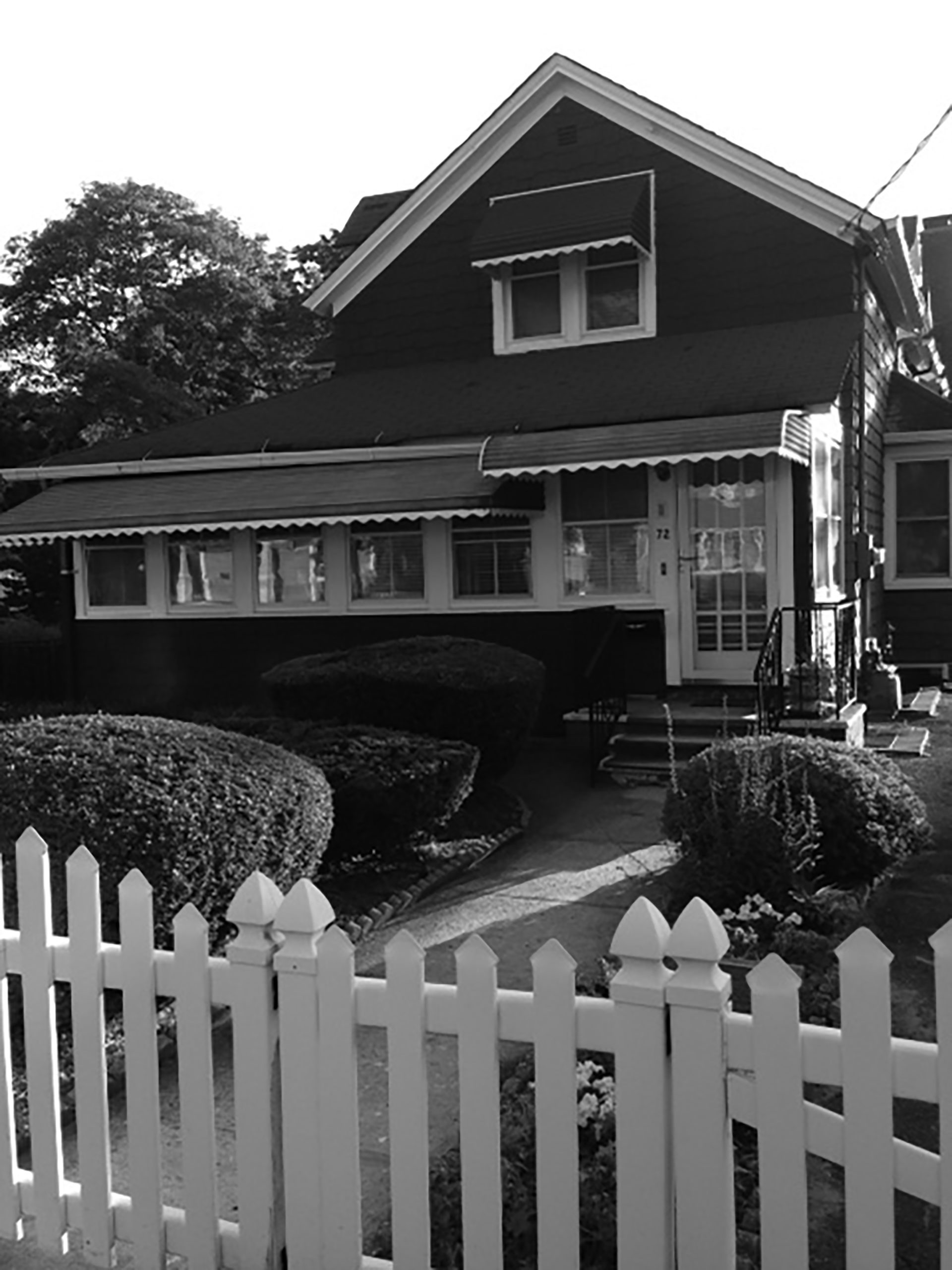
Sources:
• Patchogue Advance May 8, 1931
• County Review May 8, 1931, and November 11, 1931
• Brooklyn Daily Eagle May 9, 1931, and November 11, 1931
• Far by Faith PBS (2003) https://www.pbs.org/


